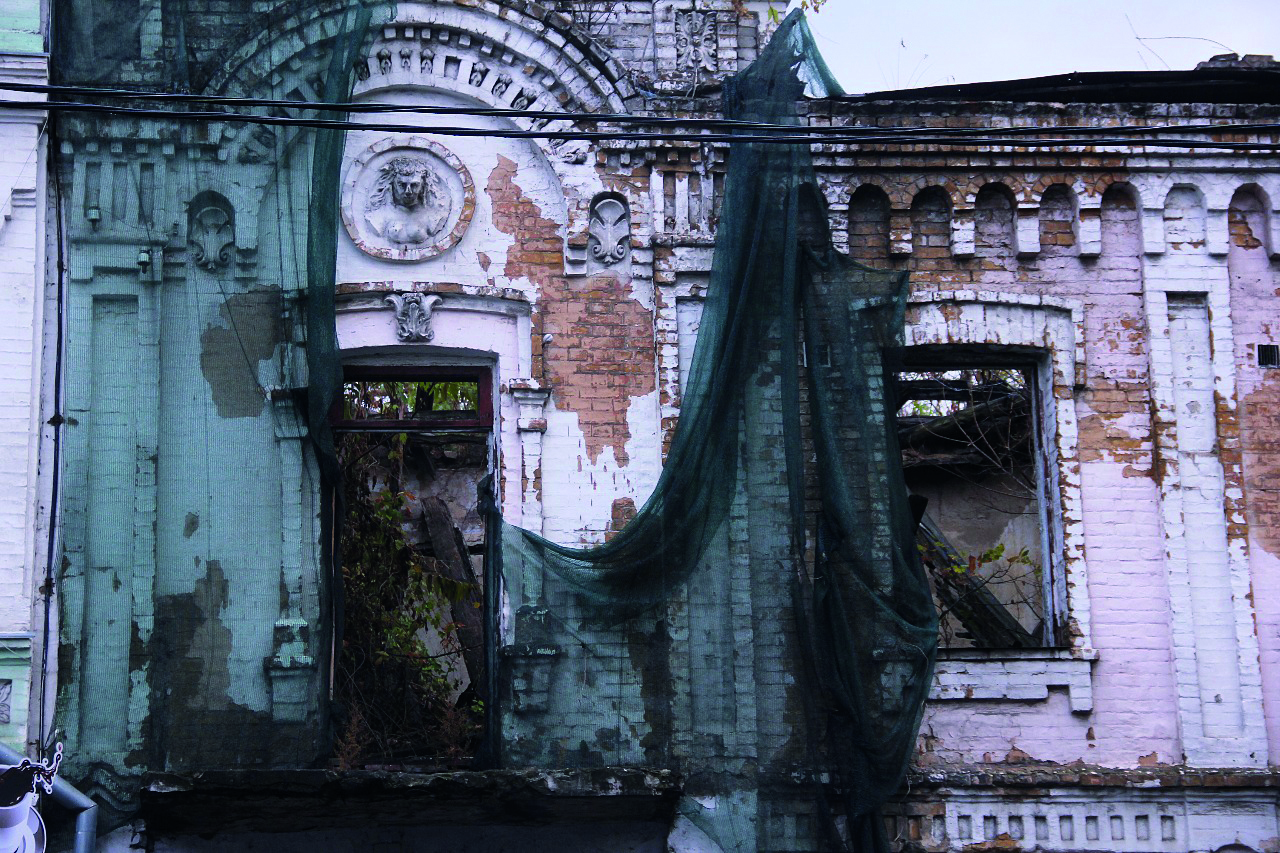A New Look at the Past

 Much like history itself, how we learn about history is always evolving. Cave paintings, dance and movement, storytelling and songs, writing, photos, and videos — they all have their place in how we perceive history through the ages. Today, we use a mix of them all, giving a nod to the past while embracing the digital side of the future.
Much like history itself, how we learn about history is always evolving. Cave paintings, dance and movement, storytelling and songs, writing, photos, and videos — they all have their place in how we perceive history through the ages. Today, we use a mix of them all, giving a nod to the past while embracing the digital side of the future.
To learn about history in Ukraine, you could very well open up a history textbook, heavy with black and white text and few photos, or you could search online for hours and hours, entering into the rabbit hole that is the internet. Though you could still have some fun in either of those scenarios, why not turn to multimedia projects created by people who have done the work for you, having sifted through hundreds of years of history, ready to share and pass along what they have learned.
Bubny in Ukraine
There’s a lot more to know about tambourines than you might expect, and Bubny in Ukraine (bubny.in.ua) is here to share that with you. Andrii Levchenko, a musician with a US Orchestra and a researcher, created bubny — a project all about tambourines — after going on expeditions across Ukraine and digging through archives.
The technique of playing the tambourine in Ukraine is unlike that of anywhere else in the world. In fact, how a tambourine is made and played differs from region to region in Ukraine. The Bubny in Ukraine YouTube channel (youtube.com/channel/UCOXLvIaZ–_yPaXNn_iFY3Q) has many videos from the expeditions that the team completed to gather their research. In the videos, you’ll learn a bit about the tambourines, hear the different techniques, and feel like you’re part of a village house party.
The Bubny in Ukraine website has a catalogue with photos and details of Ukrainian tambourines from private and museum collections.
The Travelling Book: Ukraine Cartoon
Through colourful characters, humour, and modern-day influences, The Travelling Book: Ukraine (Книга-мандрівка. Україна) comes alive on its cartoon series of the same name, available on YouTube (youtube.com/channel/UCHq5vXBXgKpU0_Nxl8pDKyw).
The videos walk you through Ukraine’s history, both ancient and recent, in a fun, easy-to-understand way. Learn about poets, artists, the national icon Taras Shevchenko, the legends of Cossacks, and the history of Crimean Tatars — to name a few. You’ll even recognise some of the narrators, such as singer Jamala and journalist/comedian Michael Schur (aka Roman Vintoniv).
Polyphony Project
Now’s the time you can finally perfect your bilyy holos (white voice), the traditional style of singing, characteristic to villages in Ukraine. Although this may not be the best time to practice that skill since all your neighbours are home, it doesn’t mean you can’t learn all about its history and other Ukrainian folk songs.
The Polyphony Project (polyphonyproject.com/en) features Ukraine’s largest online archive of musical folklore. The project started in 2014 as a way to record and encourage people to learn and reuse Ukrainian folk songs before they become forgotten.
The website, available in English, Ukrainian, and Hungarian categorises the songs — all 1435 of them — by location, ethnographical region, genre, theme, and time of year to sing the song. The Polyphony Project team recorded videos of locals singing their folk songs, plus the website has lyrics to go with each, making it easy for you to learn and share these songs yourself.
Spadok
You can now dress just like your ancestors did, thanks to Spadok (which means legacy or heritage). These videos, produced by FILM.UA Group and the Ukrainian Institute of Fashion History, showcase women’s traditional Ukrainian outfits from regions across the country.
The videos are short and sweet, about two minutes each, and show you what typical pieces looked like from each region, along with their names. The women in the videos also demonstrate how to put each item on, showing where each layer goes and how to tie the sash or headscarf.
Within each region, there are of course variations — for example, unmarried and married women would dress differently — but Spadok does give a good overview of some of the key costume pieces of Ukraine.











